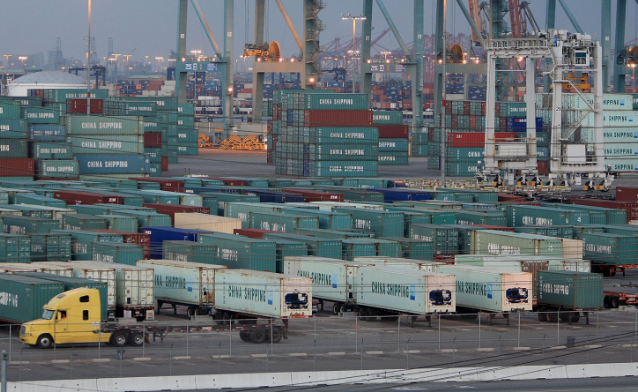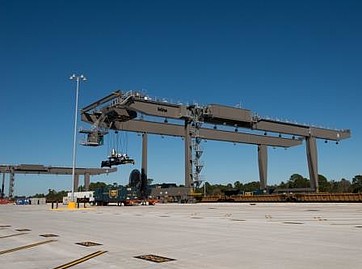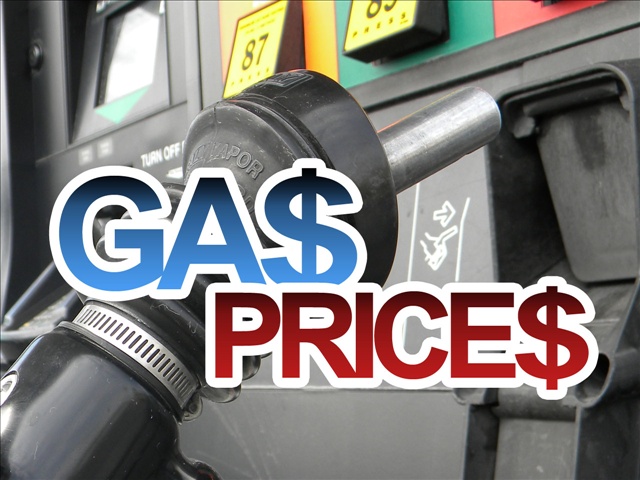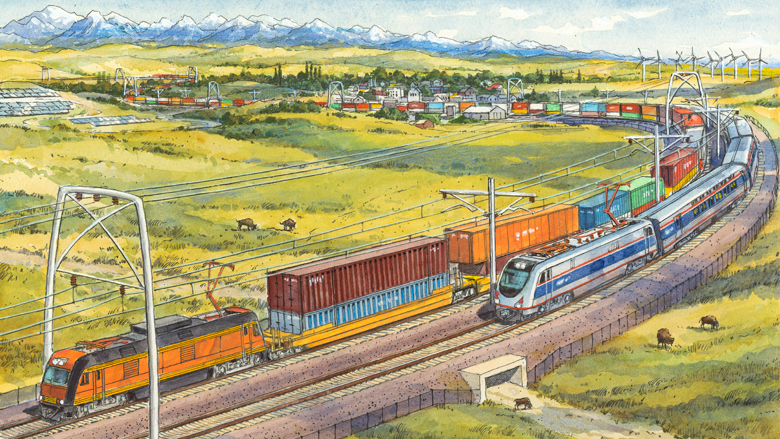
The business of internal trade is incomplete without the services of a freight forwarding and Clearing Agent. Kemlog Is dedicated to given you 100% service that suits your needs and demand, the slow delivery in the logistic company has result to lose for many companies. The goods that had been shipped in through the seaport or airport must be cleared to get to the final destination. The goods must not only be cleared but it must be done efficiently and effectively to enable the consignee minimize cost and in the process maximize profit for it to continue existence in business. It is in the light of this fact that, Kemlog was established.
At Kemlog, our unwavering commitment is to provide our customers with the best quality delivery solutions throughout the States. We relentlessly pursue providing the most environmentally friendly, responsive, customer oriented, point-to-point delivery service. Kemlog Log performs thousands of deliveries flawlessly on a using the latest electronic tracking and scanning technology. We are committed to remaining at the forefront of the latest same-day delivery technology. It is our goal to provide such superior service, that our customers rave about our service each time they use us.
While, many companies choose to have its own fleet of trucks for moving freight and load, it can prove to be expensive as a whole for the company. This is because buying a fleet of trucks, maintaining it, hiring numerous staff for its smooth operation, having technicians available round the clock, getting approval and licenses, designing logistic routes, maintaining smooth process, meeting deadlines, and so on, can not only increase the operational costs of the company, but can also prove to be a burden in the long run.
However, when you hire Kemlog trucking services, you can be sure that we would take the entire burden of moving your freight on us, and proudly so. We are experienced and expert in the business of logistics and providing trucking services nationwide, and whether it is moving freight across the town or across the country, our fleet is ready to transport your deliverable, safely and securely to its destination, without costing you a fortune like previously. This would save you considerable amount of money, as well as effort. And, you would be able to focus on what you do best – manage and expand your business to provide better products, services and eventually, better customer satisfaction.
We have the latest fleet of advanced green carriers that provides high fuel efficiency, expert and licensed team of drivers, expert team of technicians and logistic support team, and so on. Our trucking service ensures you best quality services at all times, and our customer support is second to none, ensuring you stay updated with the entire process.
Kemlog continues its effort and seeks new solutions to assist our clients in their shipments. We are aimed to provide personalized service for each of our clients and take satisfaction in when it comes to one on one communication. Our staff provides courteous and prompt attention on all shipments until it arrives at its final destination.








